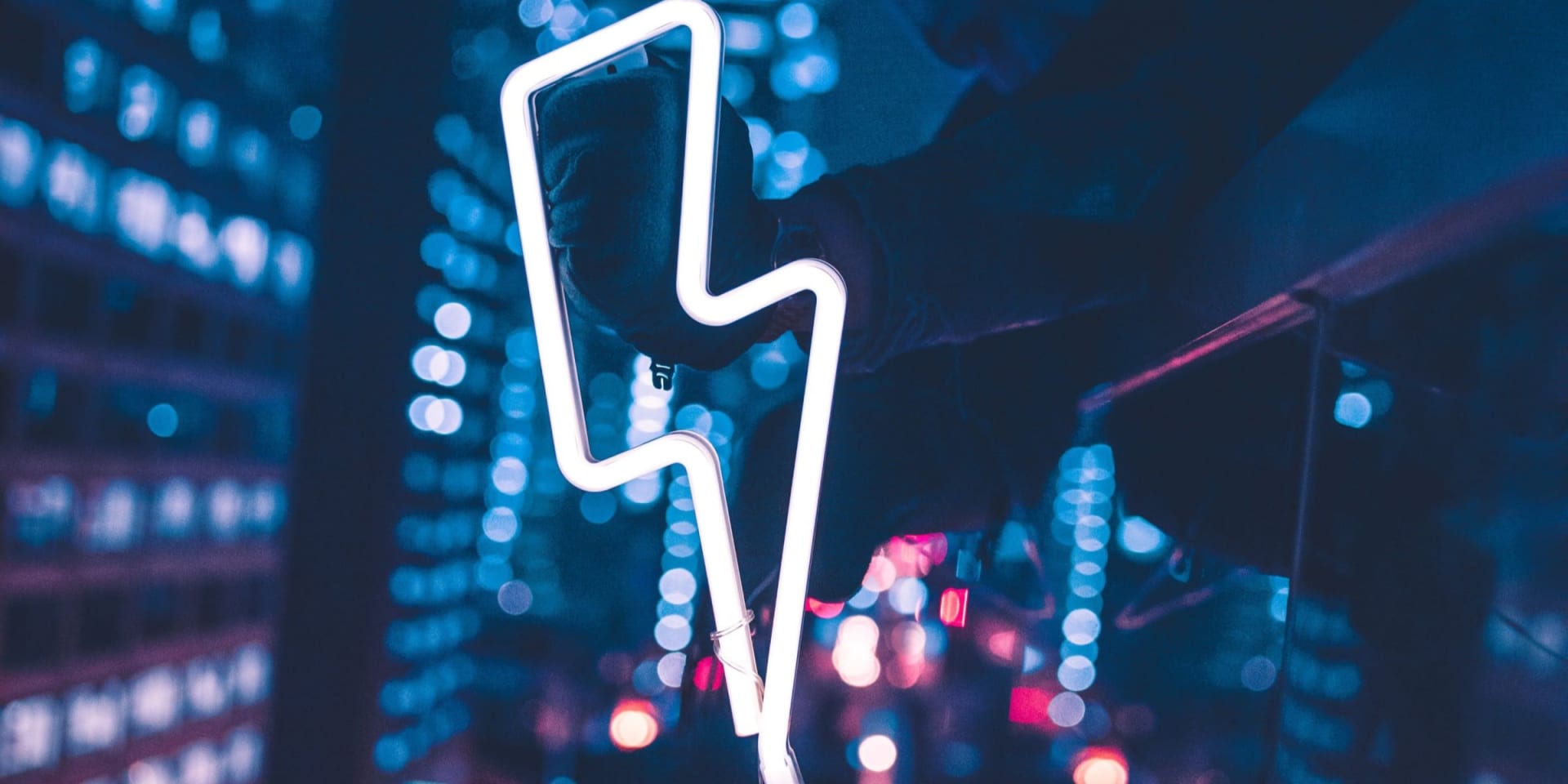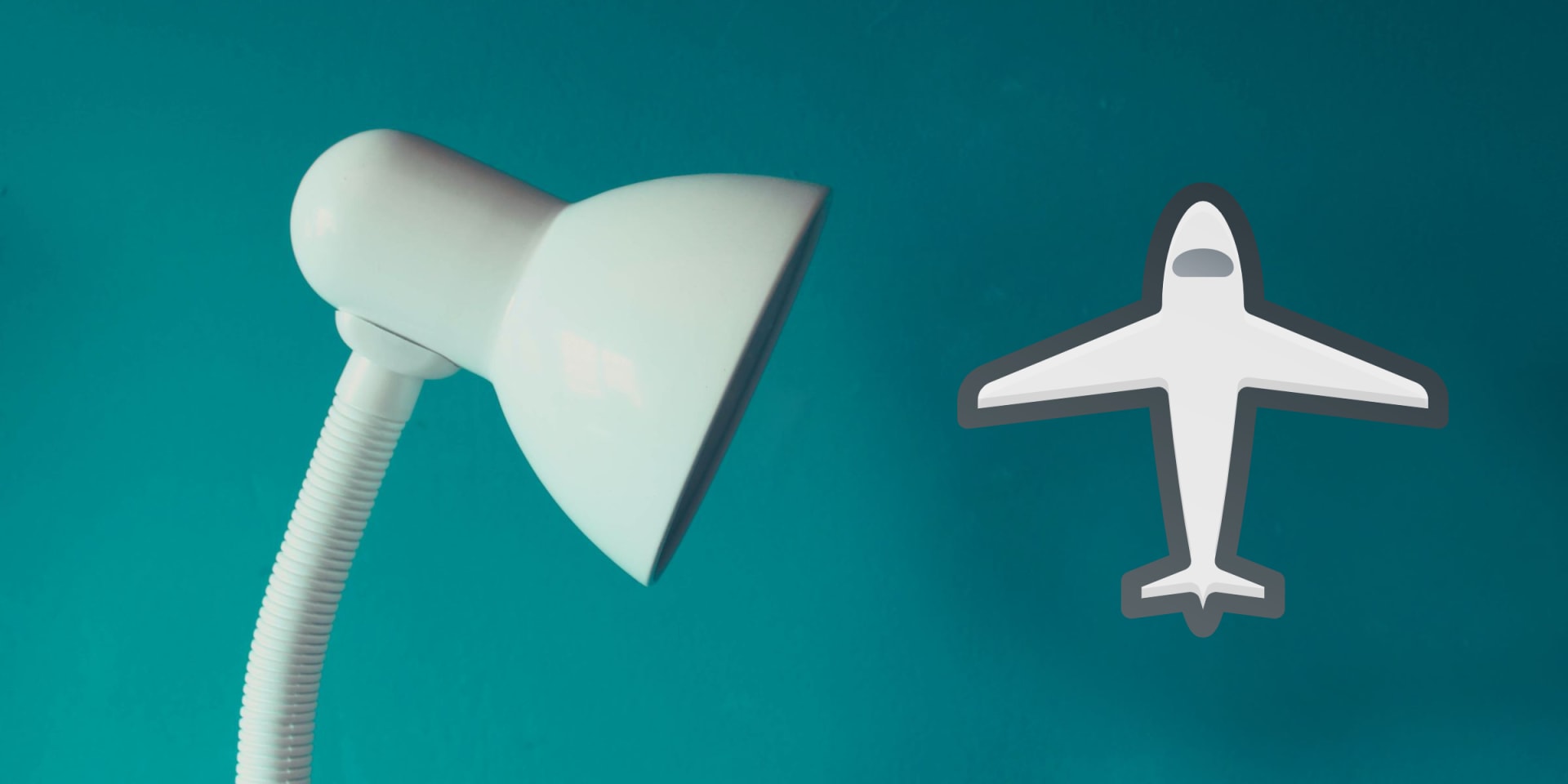You likely don’t give much thought to the lamps in your home, but misusing them can lead to serious dangers. From electrical fires to burns and electrocution, the consequences of improper lamp usage can be severe. It’s important to take lamp safety seriously and educate yourself on the potential risks.
Using the right wattage bulbs, checking lamp cords for damage, proper placement, turning off lamps when not in use, and using lampshades safely are all key components of lamp safety. By following these guidelines, you can help ensure that your lamps are being used properly and minimize the risk of accidents occurring.
In this article, we’ll delve into the dangers of misusing lamps and provide helpful tips for avoiding them.
Table of Contents
The Importance of Lamp Safety
You’ll want to make sure you don’t forget about lamp safety – it’s crucial for keeping your home and loved ones safe! While lamps may seem like harmless objects, they can actually be quite dangerous if not used correctly.
For example, if you place a lamp too close to flammable objects like curtains or paper, it could start a fire in your home.
Another important aspect of lamp safety is making sure the electrical components are in good condition. If a lamp has frayed wires or a damaged plug, it could electrocute someone who touches it. To avoid this, always inspect your lamps before using them and replace any damaged parts immediately.
Lastly, it’s important to remember that lamps can get very hot, especially if they use incandescent bulbs. If you touch a hot lamp or leave it on for too long, it could burn you or start a fire. To prevent this, always use the correct wattage bulb for your lamp and turn it off when you leave the room or go to bed.
By following these simple lamp safety tips, you can enjoy the benefits of a well-lit home without putting yourself or your loved ones in danger.
Using the Right Wattage Bulbs
When it comes to using the right wattage bulbs, understanding lamp ratings is crucial. You need to know the maximum wattage that your lamp can handle to avoid potential hazards.
Overheating can damage your lamp and even create a fire hazard, so make sure you always choose bulbs with the appropriate wattage rating.
Understanding Lamp Ratings
As you shop for lamps, it’s important to understand their ratings so that you can avoid any potential hazards that may arise from misusing them. Here are some things to keep in mind:
-
Voltage rating: Lamps are designed to work with a specific voltage range. Make sure that the lamp you choose is rated for the voltage in your home. Using a lamp with a lower voltage rating can cause it to overheat, while using a lamp with a higher voltage rating can damage the lamp and potentially cause a fire.
-
Wattage rating: The wattage rating of a lamp is the amount of power it consumes. Using a bulb with a higher wattage than the lamp is designed for can cause the lamp to overheat and potentially start a fire. Always use bulbs with a wattage rating that is equal to or lower than the rating on the lamp.
-
Heat rating: Lamps generate heat, and some types of lamps generate more heat than others. Make sure that the lamp you choose is rated for the amount of heat it generates. Using a lamp with a lower heat rating can cause it to overheat, while using a lamp with a higher heat rating can cause it to crack or even explode.
Understanding lamp ratings is crucial for ensuring that you use your lamps safely and avoid any accidents. Make sure to always check the voltage, wattage, and heat ratings before purchasing and using a lamp.
Avoiding Overheating
To keep your home safe and avoid potential disasters, it’s crucial to take precautions against overheating when using your lamps.
Overheating can cause a lamp to catch fire, which can quickly spread to other parts of your home. One way to avoid overheating is to use the right wattage of bulb for your lamp. Using a bulb with a higher wattage than what is recommended can cause the lamp to overheat and potentially start a fire. Similarly, using a bulb with a lower wattage can cause the lamp to work harder than it needs to, which can also lead to overheating.
Another way to avoid overheating is to keep your lamp away from flammable materials, such as curtains or bedding. If a lamp comes into contact with these materials, it can quickly ignite and cause a fire. Additionally, make sure your lamp is placed on a stable surface and not on top of any flammable materials.
You should also avoid placing your lamp near any liquids, as spills can cause electrical fires. By taking these simple precautions, you can ensure that your lamps are used safely and reduce the risk of potential disasters in your home.
Checking Lamp Cords for Damage
Check the lamp cord for any signs of damage before plugging it in. This is an important step to take in ensuring the safety of your home.
Damaged cords can lead to electrical fires, shocks, and other hazards. Make sure to inspect the entire length of the cord, including the plug and socket.
Common signs of damage include fraying or cracking in the cord, as well as exposed wires or loose connections. If you notice any of these issues, don’t attempt to use the lamp until the cord has been repaired or replaced.
It’s better to be safe than sorry when it comes to electrical safety. Remember to also avoid placing cords in high traffic areas where they can be tripped over or stepped on.
This can lead to further damage and increase the risk of injury. By taking these precautions and regularly checking your lamp cords for damage, you can help prevent dangerous accidents from occurring in your home.
Proper Lamp Placement
Ensure your safety by placing your lamp in a proper location. Placing a lamp in an inappropriate location can lead to serious accidents and even fire hazards. To avoid this, make sure that the lamp is placed on a stable and flat surface. If you need to place your lamp on a soft surface, like a carpet, make sure that the base of the lamp is wide enough to prevent it from tipping over easily.
Another important aspect of proper lamp placement is to make sure that the lamp is not in any direct contact with anything that can catch fire easily. This includes curtains, drapes, papers, and other flammable materials. It’s also important to keep the lamp away from any water sources, like sinks or bathtubs, to avoid electrical hazards.
To help you understand the importance of proper lamp placement, here’s a table that shows the most common lamp placement mistakes and their corresponding risks:
| Lamp Placement Mistake | Risk |
|---|---|
| Placing the lamp on an unstable surface | The lamp can fall over and cause serious injury or damage |
| Placing the lamp too close to flammable materials | The lamp can cause a fire |
| Placing the lamp near water sources | The lamp can cause electrical hazards |
Make sure to keep these risks in mind when placing your lamp. Remember, proper lamp placement is crucial in ensuring your safety and the safety of those around you.
Turning Off Lamps When Not in Use
You can prevent overheating and save energy by turning off lamps when not in use. It’s a simple habit that can make a big difference in your home’s safety and your energy bill.
By taking a few extra seconds to flip the switch, you can protect your home from potential fire hazards and reduce your carbon footprint.
Avoiding Overheating
Hey, don’t forget to give your lamps a breather every now and then to prevent them from overheating and causing a fire! It’s easy to leave them on for hours, especially if you’re using them to light up a room while you’re away or asleep. But doing so increases the risk of overheating, which can lead to a potentially dangerous situation.
To avoid overheating your lamps, here are a few tips to keep in mind:
- Turn off your lamps when you’re not using them, even if you’re just leaving the room for a few minutes.
- Make sure your lamps are placed on a stable surface that won’t tip over easily.
- Keep your lamps away from flammable materials, such as curtains or bedding.
- Check your lamps regularly for signs of wear and tear, such as frayed cords or loose connections. If you notice anything unusual, stop using the lamp and have it inspected by a professional.
Saving Energy
By taking advantage of energy-saving light bulbs and turning off lamps when not in use, you can significantly reduce your energy consumption and save money on your electric bill.
Energy-saving light bulbs use less electricity than traditional bulbs, which means you can leave them on for longer periods of time without running up your bill. They also last longer, which means you won’t have to replace them as often.
Turning off lamps when you’re not using them is another easy way to save energy. Many people leave lamps on throughout the day, even when they’re not in the room. This wastes electricity and money. By turning off lamps when you leave the room or go to bed, you can save a lot of energy.
Plus, it’s a good habit to get into and will help you become more conscious of your energy usage overall.
Using Lampshades Safely
Make sure you’re using lampshades properly to prevent any accidental fires or burns. Lampshades are not just decorative pieces, but serve an important function of diffusing light and protecting the bulb from any contact with flammable materials. When using a lampshade, make sure it fits securely on the lamp and is not too close to the bulb, as this can cause the shade to overheat and potentially start a fire.
To ensure that you are using lampshades safely, refer to the table below for some general guidelines on the distance between the bulb and the lampshade. Keep in mind that these are just recommendations and may vary depending on the type of bulb and lampshade you are using. Always check the manufacturer’s instructions for specific details on safe usage.
| Type of Bulb | Distance from Shade |
|---|---|
| Incandescent | 1 inch |
| CFL | 2 inches |
| LED | 3 inches |
Remember, lampshades are meant to enhance the ambiance of your space, not to cause harm. By following these simple guidelines, you can enjoy the benefits of a well-lit room without compromising your safety. So next time you’re using a lamp, take a moment to ensure that your lampshade is properly secured and at a safe distance from the bulb.
Conclusion
Now that you’re aware of the potential dangers of misusing lamps, it’s important to take necessary precautions to ensure your safety and the safety of those around you.
Always use appropriate wattage bulbs for your lamps and check cords for any damage before plugging them in.
Proper placement of lamps is crucial. They should be kept away from flammable materials and not placed in areas where they can easily be knocked over.
Don’t forget to turn off your lamps when you’re not using them and use lampshades designed for the specific lamp you’re using.
By following these simple guidelines, you can enjoy the benefits of using lamps in your home without risking harm to yourself or others.
Stay safe and happy lamping!



